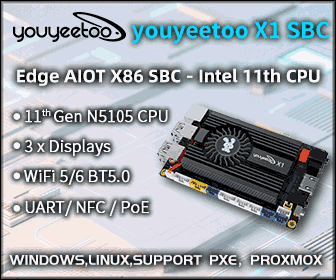Samsung Starts Mass-Production of Exynos 7 Dual (7270) Processor used in Galaxy Gear S3 Smartwatch
Samsung has just issued a press release announcing the Korean company had just started mass-production of the first SoC for Wearables using 14-nm FinFET process with their Exynos 7 Dual (7270) dual Cortex A53 processor. Exynos 7270 is also said to be the first such SoC to embed full connectivity and LTE modem integration. Exynos 7270 specifications: CPU – Dual-core ARM Cortex–A53 processor @ up to 1.0 GHz GPU – ARM Mali-T720 Memory – LPDDR3 support Storage – eMMC 5.0, SD card interfaces Display – Up to 960×540 (qHD) resolution Camera – Up to 5MP pixel sensor support Multimedia – HD (720p@30fps) video with HEVC, H.264, VP8 Codec LTE Modem – LTE Category 4 non-CA Connectivity – WiFi, Bluetooth 4.2, FM Radio GNSS – GPS, GLONASS, BeiDou PMIC – Integrated in SiP-ePoP package Package – SiP-ePoP, 10x10mm (SiP: System-in-Package; ePoP: embedded Package-on-Package) The SoC will be packaged inside a SiP-ePOP […]





